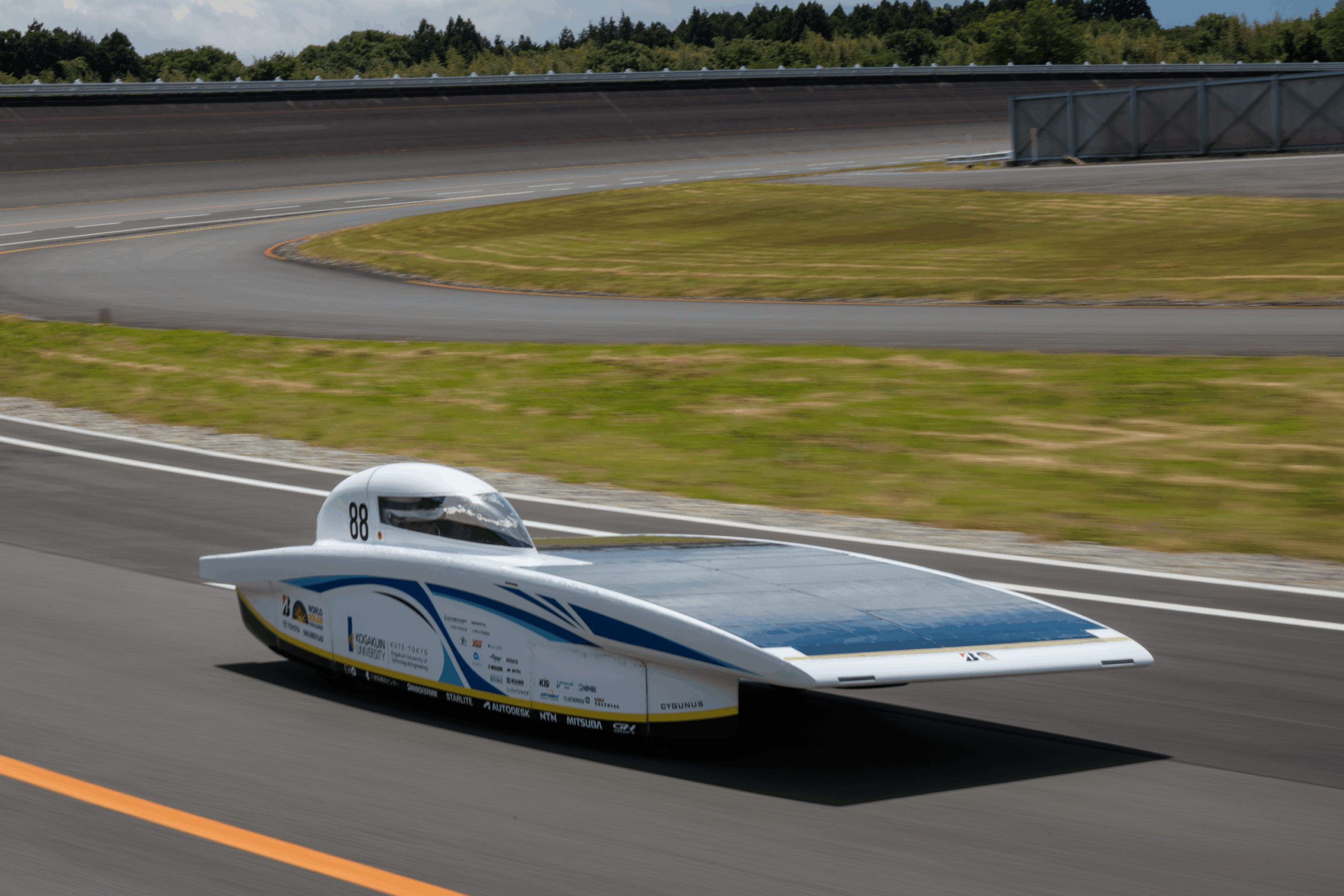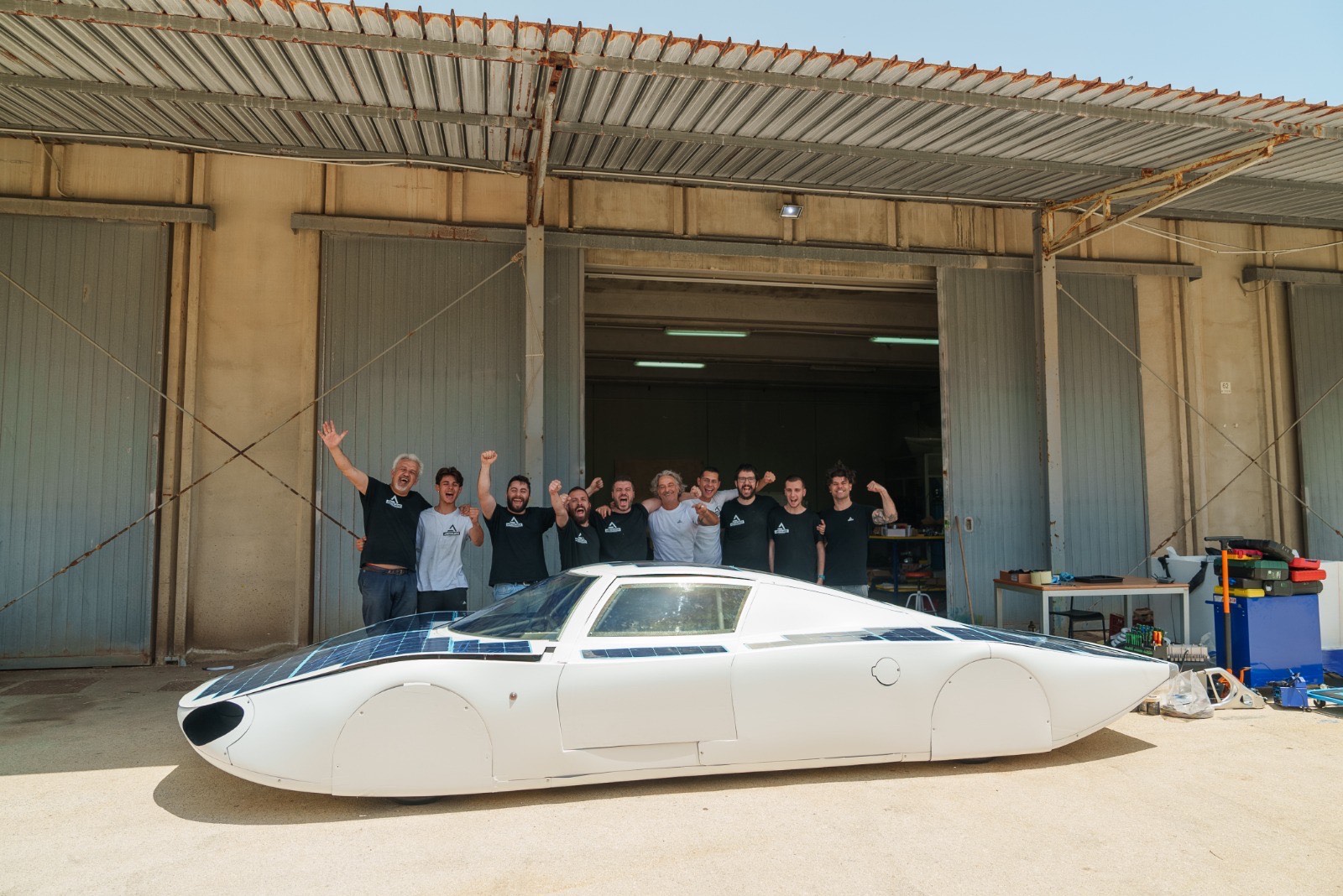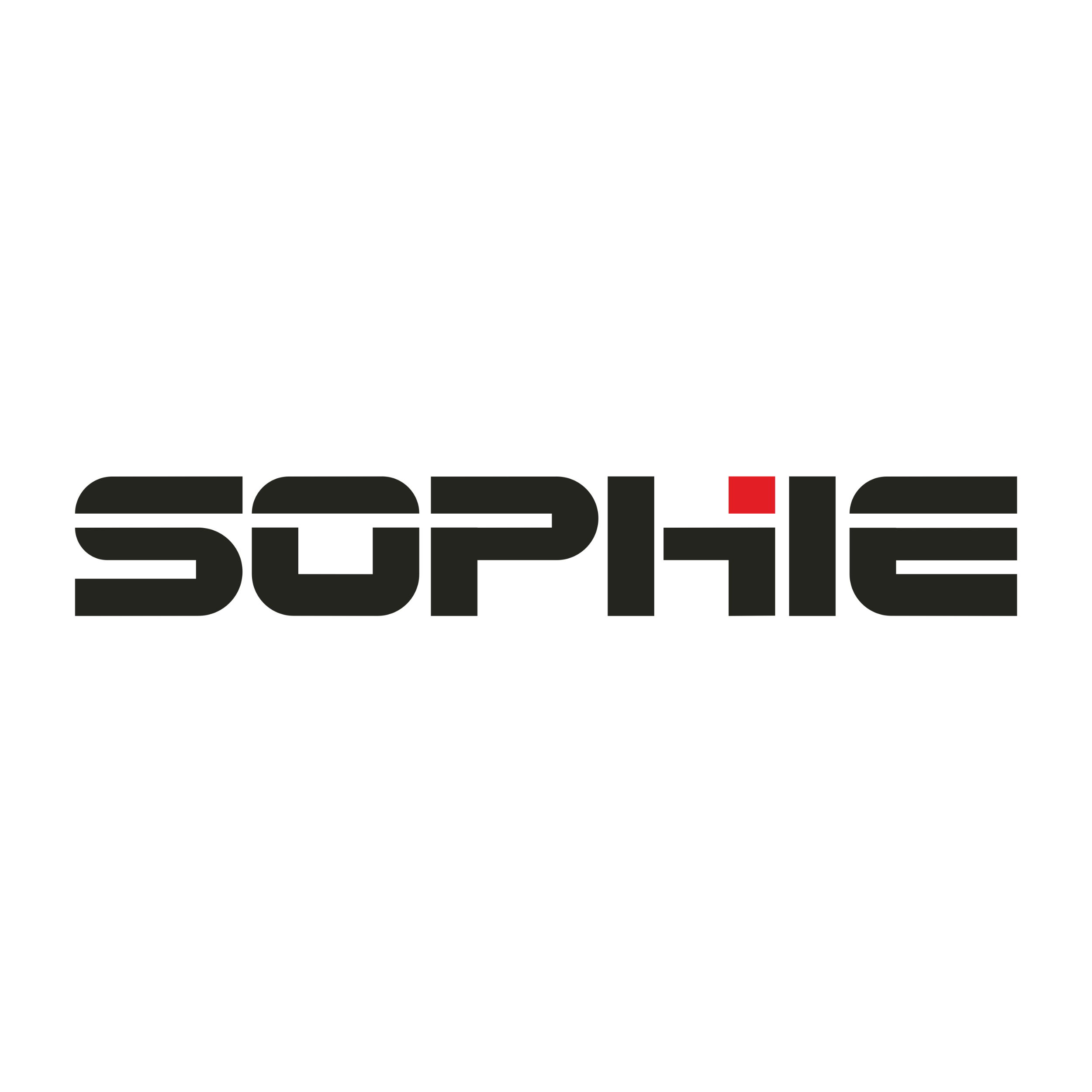
82: Seoul National University

Seoul National University
Country, Economy, or Region Republic of Korea (South Korea)
Republic of Korea (South Korea)
About The Team
How many times has your team participated in the event?
Our team is making its inaugural appearance at this event—in fact, this is the very first time that Seoul National University has fielded an officially recognized university team. We’re proud to debut on the competition stage as SNU’s first-ever official representative.
What is the design philosophy behind your solar car?
Our design philosophy centers on maximizing efficiency and aerodynamic performance to secure a first-place finish. To that end, we’ve optimized every aspect of the vehicle’s shape—refining the body contours, minimizing drag coefficients, and ensuring laminar airflow across all surfaces. We’ve leveraged advanced composite materials, particularly CFRP, for a lightweight yet ultra-rigid chassis and fairings, allowing us to push the efficiency envelope further. Finally, we’ve tightly integrated our electrical systems—MPPT, battery management, and motor controllers—into a cohesive architecture to extract every last watt of usable energy. By marrying cutting-edge aerodynamics, high-performance composites, and streamlined electrical integration, we’ve engineered what we believe to be the most efficient solar car in the field.
What is unique about your solar car?
Our solar car’s standout innovation is its gull-wing, pulley-actuated wheel-door system. Unlike conventional fixed fenders, each wheel is enclosed by a door that swings upward in a gull-wing motion, driven by a compact pulley mechanism. This allows us to:
Minimize Track Width: When closed, the wheel-doors retract tightly against the body, dramatically reducing the car’s frontal width and drag.
Maintain Stability: The rigid pulley linkage ensures the doors lock solidly in place, preserving chassis stiffness and wheel alignment under high loads.
Enhance Accessibility: By opening upward, the doors grant rapid, unobstructed access to the wheels and suspension for quick maintenance during pit stops.
Improve Aerodynamics: Smooth, uninterrupted fairings around each wheel optimize airflow, shaving precious watts off every kilometer.
By integrating this pulley-driven gull-wing design, we’ve achieved a packaging breakthrough: a narrower, more aero-efficient profile without compromising on structural rigidity or serviceability.
Why does your team value participating in the Bridgestone World Solar Challenge?
We race in the Bridgestone World Solar Challenge because it:
Proves our design under real-world Outback conditions, pushing reliability and efficiency.
Accelerates our learning, forcing tight collaboration across composites, aerodynamics, and controls.
Showcases clean-energy innovation, inspiring public and industry engagement.
Raises SNU’s profile globally, forging partnerships and attracting future talent.
What is the one thing your team is looking forward to when you visit Australia?
We’re most excited to take our solar car onto the vast, sun-baked roads of the Australian Outback—testing our design in its natural element and feeling the thrill of propelling across hundreds of kilometers on nothing but sunshine.








